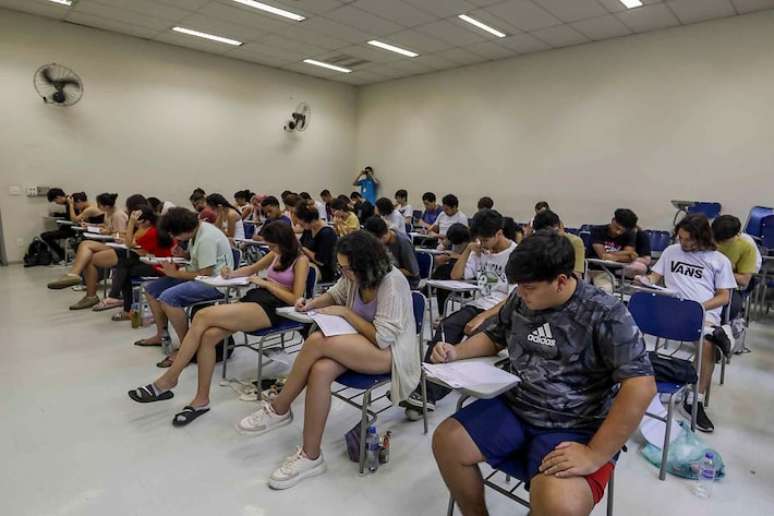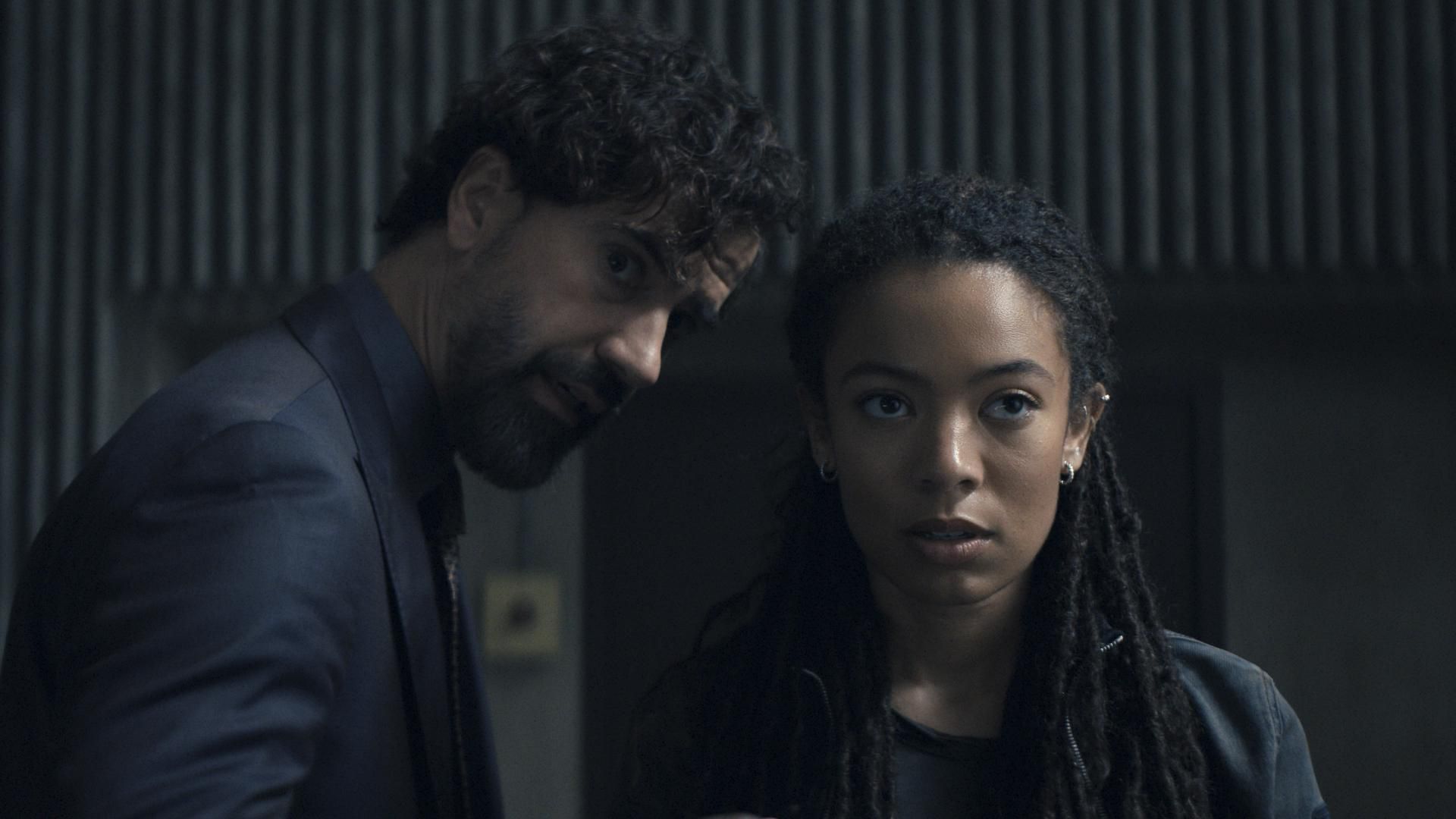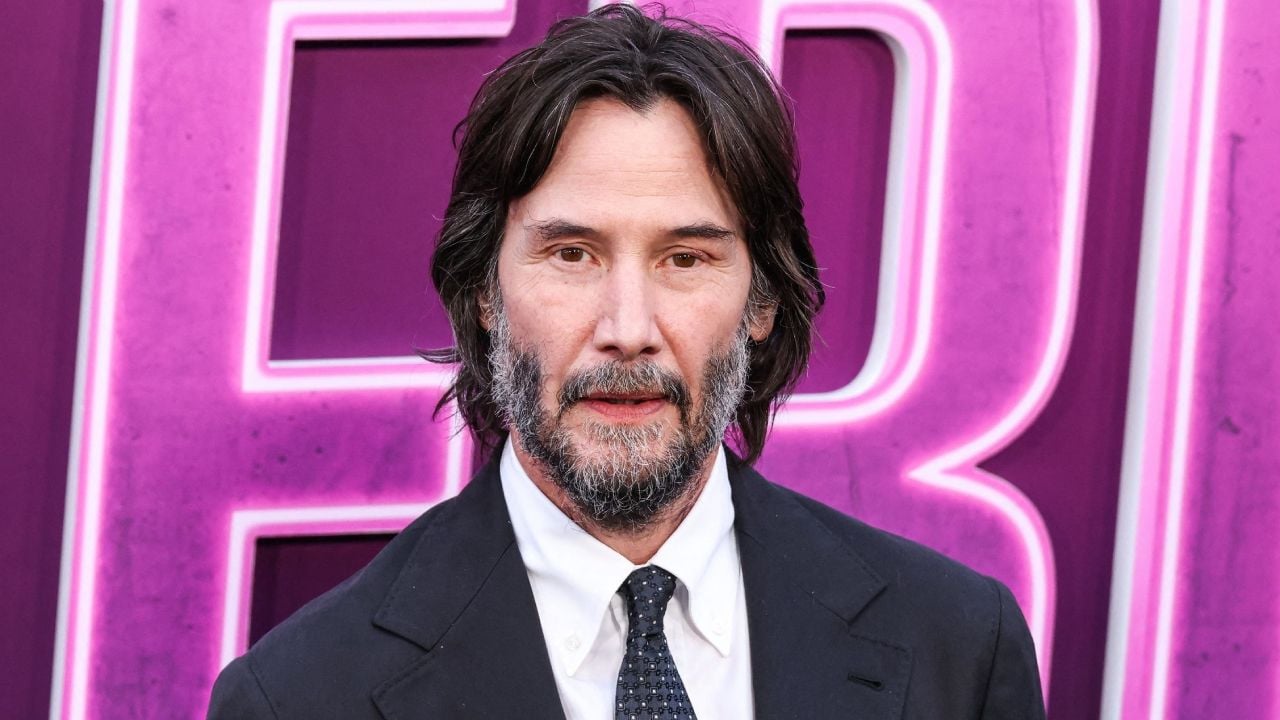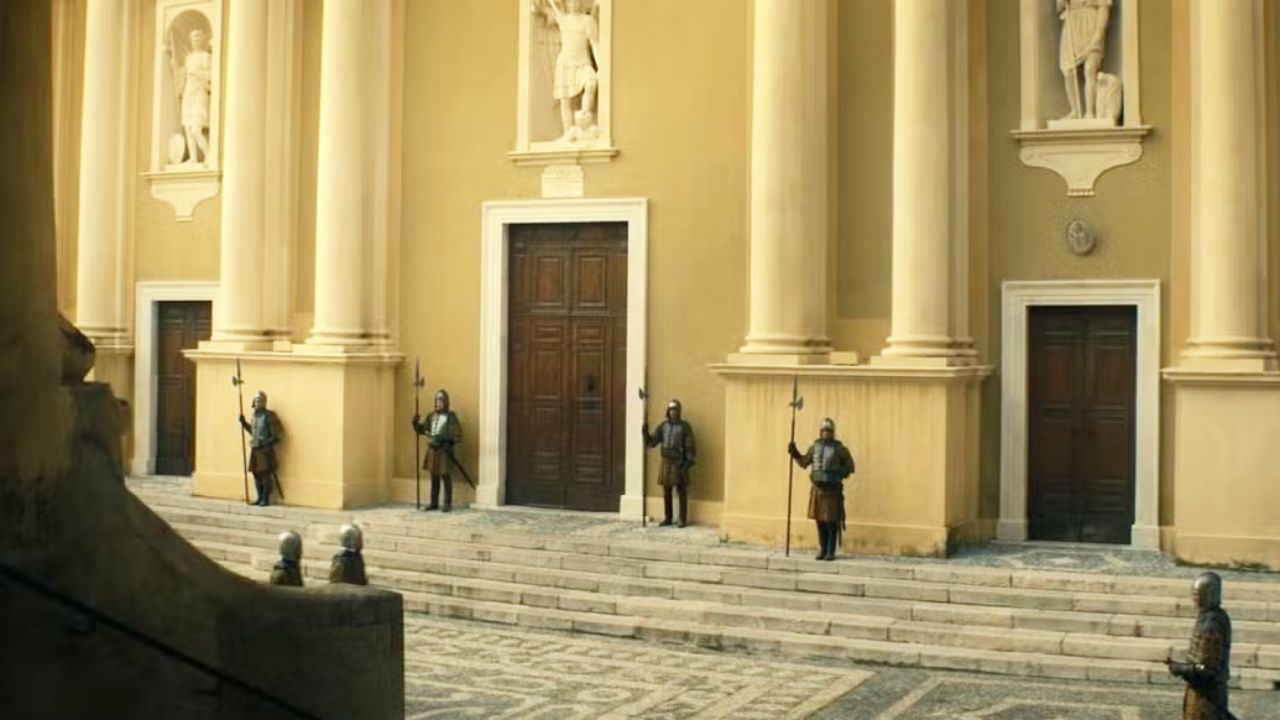The process lasts all year and involves internal and external professionals, with confidentiality, specialized panels and numerous reviews
While candidates dedicate themselves to studying all year round to obtain a place at university, those who participate in test preparation also have to face a long journey to prepare for the exam which will decide the future of many students. And technical knowledge is not enough: you need to delve into attractive topics when formulating questions and be aware of current topics.
Responding to the main state selection, at the University of São Paulo (USP)Fuvest works with 30 editors and 10 reviewers. “We also have internal collaborators who take care of customer service at the newsstand, proofreading. Everything to make it look like a Fuvest issue, with improved images, maps, graphs and tables”, explains Gustavo Monaco, executive director of Fuvest.
On average, the panels are composed of three editors (all USP professors), who focus on each of the disciplines. In the case of Portuguese, since it involves multiple questions, there are four people. All panels meet inside the Fuvest building, in a separate room to prepare questions. “Not even Fuvest employees know who the teachers of the college are. We carry out other exams in addition to the admission one”, explains Monaco.
Almost the entire year passes between the first and last meeting. The first phase and a first review last approximately two months. “The first meeting is to try to define the issues. Subsequently, new meetings are scheduled. They bring images, maps, graphs, tables, excerpts from an article, a book, a text that help to elaborate the issues,” he observes.
Then the questions are handed over to the reviewer. “He comes to the USP to evaluate whether the matter is good, but could improve, or whether the matter was already charged last year,” Monaco reveals. This opinion is returned to the editors. In some issues it is also possible that the panels delve deeper into the same topic. “For example, that the History panel has been working on a topic that serves English.”
In September Fuvest thus reaches a scenario with 120-130 questions. Of this total, 90 from the first phase must be chosen, in addition to those from the second phase. In this context, what is less current is eliminated.
Once the 90 questions have been closed, there is the curation work. “We need to see what connections we can make between the questions, so that the test tells a story,” says the executive director, citing the possibility of use in various disciplines. Also in October this phase will be completed and the proofs will be printed.
The National High School Examination (Enem), essentially the largest public entrance exam in the country, will also take place next month. Your questions are prepared by experts, selected through a public tender addressed to employees of the National Bank of Articles (BNI). , based on criteria of academic training, teaching experience and experience in large-scale educational evaluation.
According to INEP, the actions include employee training, preparation, review and pre-testing of items to measure difficulty. The test also goes through a careful linguistic review and is then diagrammed.
Private universities
In the case of the Fundação Getulio Vargas, the exam preparation is carried out by a commission for each subject, sometimes composed of professors from the FGV itself, other times not, depending on the subject. “Each panel has at least two editors, because the normal process is that one of the editors asks a question, or part of the questions, and the other reviews it independently,” says Paulo Cezar Carvalho, academic coordinator of the entrance exam to FGV in Sao Paulo, Rio and Brasilia. There is also the Portuguese revision.
Furthermore, FGV has a critical reviewer, who is a generalist professor, who masters most of the subjects that make up the entrance exam. “Sometimes even bringing a perspective different from that of the subject specialist in formulating the questions. And then there is my role, as academic coordinator, which, in addition to participating in the selection of the commissions, is to carry out the final review of the tests,” says Oak.
All students take an objective test with 60 objective questions, in addition to the essay. Furthermore, each FGV school chooses one or more specific discursive tests to integrate the evaluation. In general, colleges are made up of higher education teachers who have, in some way, extensive contact with secondary education as well.
Interior and exterior
Even in the case of the Pontifical Catholic University of São Paulo (PUC-SP), preparation is a long process. “The institution works with panels based on knowledge areas, made up of internal and external professionals,” says Professor Alexandra Geraldini, dean of the degree program.
The test consists of an essay, written in Portuguese, based on a single proposal, and an objective test composed of 50 questions in multiple choice format, according to the distribution of areas adopted by the National Secondary Education Examination (Enem). There are around 20 professionals on the newsstands, with the exception of the editorial team, which brings together between 20 and 25 professionals.
“Experienced teachers from higher and secondary education participate, with extensive experience in preparing items for selection processes. In addition, there is a reviewer of the Portuguese language and also two who carry out a general evaluation of the test, of which at least one he is a pedagogue or educational psychologist,” says teacher Alexandra.
Between February and March of each year, a meeting is held with other universities to exchange information on trial dates. Once the calendar has been defined, we begin to plan the administrative processes.
A similar process also takes place at the Universidade Presbiteriana Mackenzie (UPM), as reported by the coordinator of the selection processes, Milton Pignatari Filho. “We have specific teams for each discipline. In each of them, the formulation of questions follows a specific style. And one common point: look for critical reasoning in the search for solutions.”
Source: Terra
Rose James is a Gossipify movie and series reviewer known for her in-depth analysis and unique perspective on the latest releases. With a background in film studies, she provides engaging and informative reviews, and keeps readers up to date with industry trends and emerging talents.







